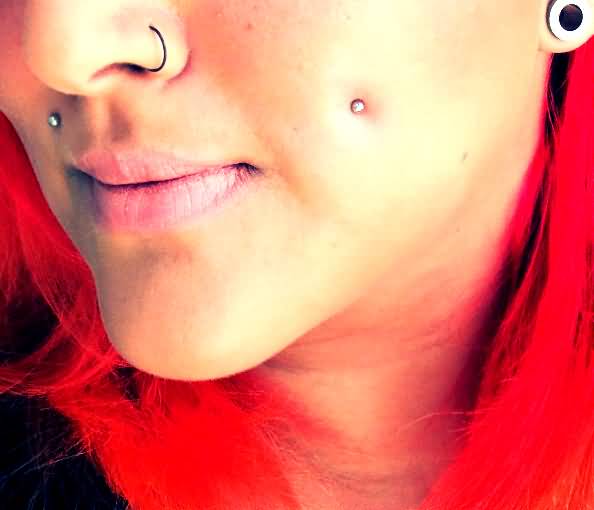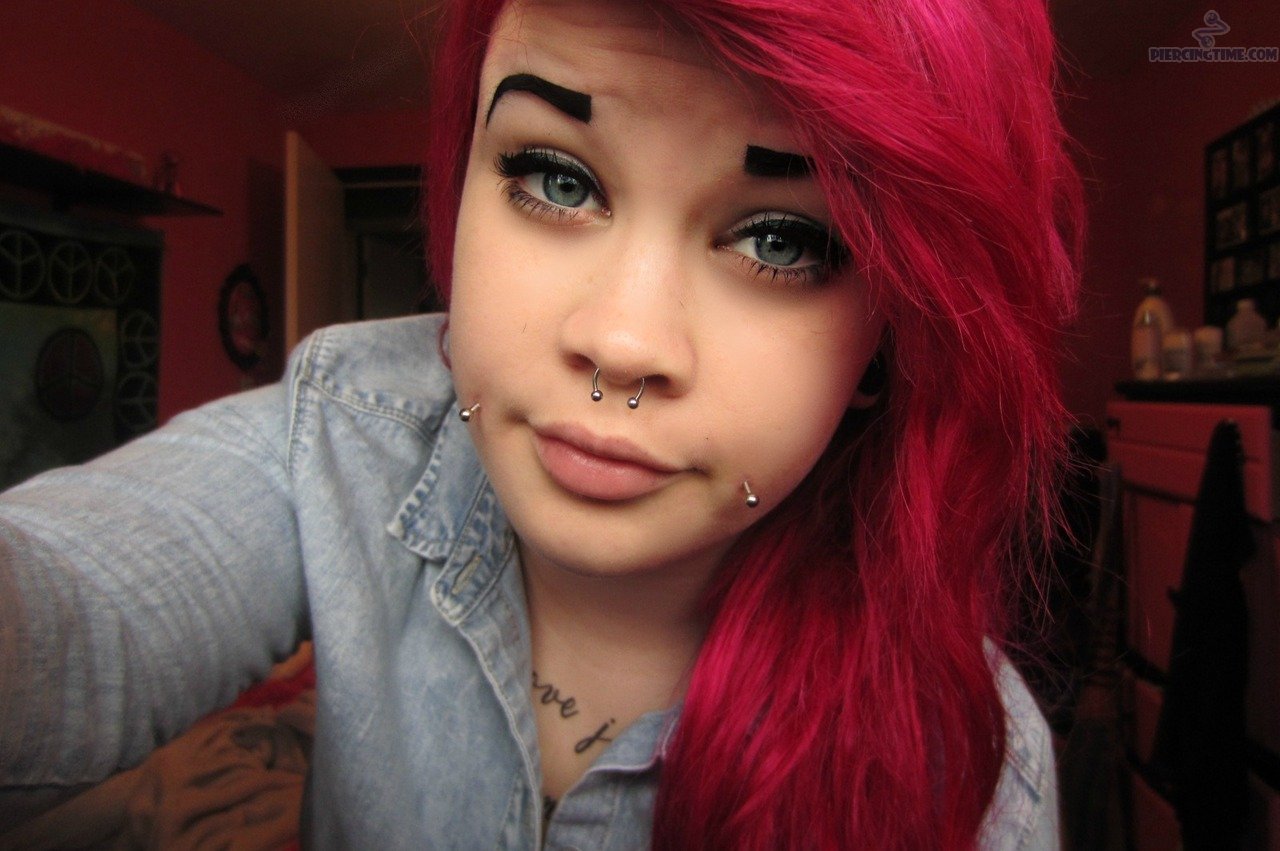

Dimple piercings are body jewelry that penetrates the cheek and can be placed in a natural or artificial dimple. This type of piercing is less common than other types and requires special care and consideration. Doing so correctly can lead to discomfort if done correctly.
Back Dimple Piercing
Back dimple piercings are popular among women looking to add body jewelry to their backs. These concave depressions of the skin serve as an excellent anchor point for jewelry, ensuring it stays put without slipping or falling out. Piercings for the nose can be more expensive than other options, but it’s still affordable and can add a unique style. There’s something to suit everyone’s budget, from basic barbells to elaborate pieces featuring gems or dangles.




Piercers create a small pocket in the dermal layer of skin by inserting either a needle or scalpel into which they insert an anchor with a screw top. Once in place, they screw on any jewelry pieces for attachment. After the piercer has finished, they will clean and disinfect the area and provide aftercare instructions to help ensure your piercing heals correctly. You must follow these instructions closely for the healing process to go smoothly.
Aftercare is an integral part of the piercing process, so adhere to all instructions your piercer provides you with. This could include using an antibacterial solution and regularly soaking the piercing in saline water for cleansing. Another essential tip is to refrain from rubbing or pulling on the piercing. Doing so could cause skin migration, irritation, and wound infection. Additionally, excessive friction could cause additional pain or discomfort for you.





Tight clothing will irritate the piercings and cause them to heal more slowly. Since your piercing is on your lower back, be mindful not to put pressure on it while sleeping. Doing so could aggravate the pain and disrupt your sleeping pattern. It’s essential to get enough rest each night.
Cheeks Dimple Piercing
You can have them done on both cheeks for a symmetrical look or just one side to give off the illusion of having dimples. This type of piercing should only be performed by an experienced professional, as it requires great caution to avoid damaging the parotid ducts – saliva glands located in your cheeks – when placed. They must ensure they do not pierce any cartilage in your cheeks, as this will be more painful and take longer for the piercing to heal. The piercer will use a 14G or 16G needle to puncture through your cheek and insert the stud, positioning it close to your lip for comfort. If the piercer fails to do this, it could damage your lips or ears and cause bleeding or infection. If you notice excessive bleeding or a puss-like discharge from the area, seek medical assistance immediately.
Cleaning inside and outside, as well as using an oral aftercare solution, is recommended. Furthermore, avoid smoking as this can aggravate the piercing. As your piercing heals, you may experience some swelling which can be uncomfortable. To minimize swelling, try talking less, eating soft food only, and brushing your teeth after each meal; these steps will help reduce inflammation. Be mindful that this piercing will be situated close to your parotid duct, and damage there could lead to issues with saliva drainage from your mouth, such as dehydration or infection.
Ear Dimple Piercing
If your ears are smaller than average or you’d like to add some flair, an ear dimple piercing might be just what you need. This popular piercing allows for bold statements about personal style while adding a unique flair. The ear dimple is a small, circular hole that develops at the front of your ear (auricle). Although it may appear inconspicuous slit, this hole opens up to a sinus tract beneath your skin. According to Audiology

